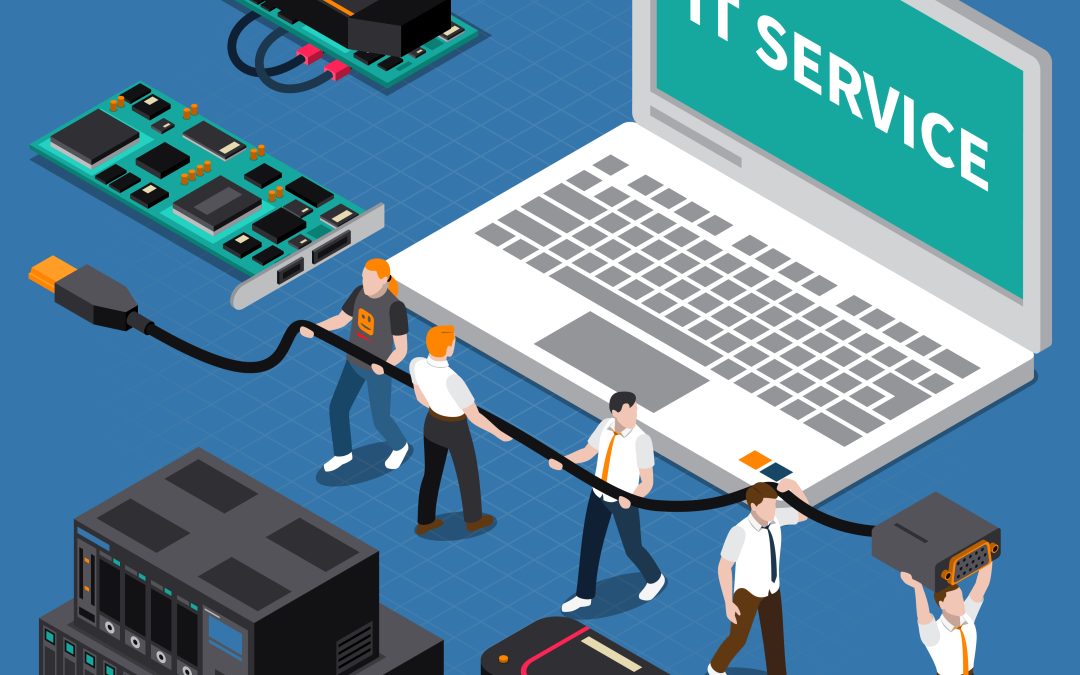In the rapidly evolving world of technology, computing has become the cornerstone of nearly every advancement in hardware development. From the creation of powerful processors to the miniaturization of smartphone components, computing enables and actively drives the innovation and evolution of hardware. This blog explores the multifaceted role of computing in hardware development, tracing its influence across various domains and highlighting how it shapes the future of technology.
Understanding Computing in Context
Before discussing the specifics of hardware development, it’s important to clarify what we mean by computing. Computing, in a broad sense, involves utilizing computers and computational systems to process, organize, and manipulate data. It includes the theoretical foundations, algorithms, software, and the physical machines and hardware that make all this possible.
While software enables applications and services, computing in its full scope, spanning hardware and software, powers devices and systems. Thus, the role of computing in hardware development is both foundational and transformative.
Computing Drives Hardware Design
One of computing’s most direct influences on hardware is in the design phase. Engineers and designers rely on advanced computing systems and software tools to model, simulate, and optimize hardware components.
Computer-Aided Design (CAD)
CAD tools are central to hardware development. These software applications, which run on high-performance computing systems, allow engineers to create detailed 2D and 3D models of components. CAD software provides precision and efficiency when designing a circuit board or a new mechanical casing for a processor.
Simulation and Modeling
Through computing-powered simulations, developers can test how hardware components will perform under various conditions, thermal, electrical, and mechanical, without physically building prototypes. This accelerates development, reduces costs, and enhances reliability.
Embedded Computing in Hardware
Embedded systems represent another key area where computing and hardware intersect. Embedded computing involves embedding computing functionality into hardware devices, usually for dedicated control tasks.
Microcontrollers and Microprocessors
Microcontrollers (MCUs) and microprocessors are small computing units embedded within devices, from washing machines and thermostats to drones and industrial robots. These units control operations, process inputs, and manage outputs through computing logic tailored to their hardware context.
Internet of Things (IoT)
The Internet of Things (IoT) is one of the most striking examples of how computing drives hardware development. Smart devices rely on embedded computing to collect data, connect to networks, and interact intelligently with users and other machines. IoT has led to development of specialized hardware like low-power sensors, communication modules, and edge processors.
Computing Enables Custom Hardware Solutions
With increasing demand for custom hardware such as GPUs for gaming, TPUs for AI, or ASICs for cryptocurrency mining, computing is critical to developing and optimizing these specialized devices.
Field Programmable Gate Arrays (FPGAs)
FPGAs are programmable chips that can be reconfigured after manufacturing. They are employed in applications that require specialized computing logic, such as telecommunications and high-frequency trading. Their design and implementation rely heavily on computing platforms for configuration and testing.
Application-Specific Integrated Circuits (ASICs)
ASICs are chips designed for specific tasks. They require extensive computing for simulation, validation, and production testing. For instance, Bitcoin mining hardware utilizes ASICs specifically designed and optimized for SHA-256 hashing.
Conclusion
In conclusion, computing is more than just a tool in hardware development, it serves as the driving force behind it. From the initial design to prototyping, manufacturing, and optimization, computing transforms how hardware is created, tested, and deployed. As new challenges emerge and technologies evolve, the synergy between computing and hardware development will continue to redefine the boundaries of innovation.
Understanding this dynamic relationship is essential for engineers, technologists, and decision-makers who seek to stay at the forefront of technological progress. As we move into an era of AI, quantum, and ubiquitous computing, hardware development will be both a beneficiary and a catalyst of this computing revolution.


